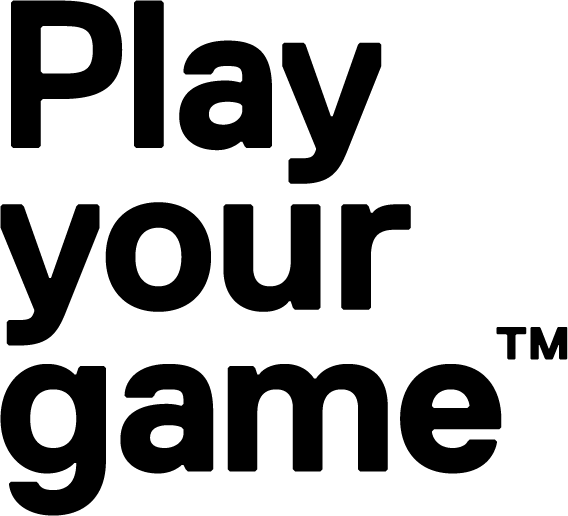“No one in front of them. Green reading books, lining up the lines on the ball. Really annoying me. And Matchplay is the fastest form of golf. Something has to be done #slowplay.”
That’s a Tweet from Colin Montgomerie, as he watched the semi-finals of the WGC-Dell Technologies Match Play in Texas, at the end of March this year.
There is not a golfer alive who has not endured the frustration of slow play. It is enough to turn people off the game and, based on the glacial pace of the semi-final matches at Austin Country Club, it makes viewers switch channels too. Golf’s governing bodies are not doing enough about it.
To be blunt, things are getting worse not better thanks to the introduction of green reading books (first available in 2008). To be more blunt what on earth is going on that they are allowed in the first place? Learning to read a green is a core skill. Reading the line on a putt and then making the perfect stroke is the difference between the greats and the almost-greats.
It should never require a printed graphic of a green’s slopes, mapped to the millimetre. And the fact that nearly every Professional now seems to be using them is unbelievable. These guys earn huge sums of money and they already have a caddie who has been (or should have been) out studying the greens pre-tournament. Why do you need a book as well?
At least there’s no guarantee such green reading books work. There’s a video of DeChambeau, from 2019, where he spends over two minutes reading an eight foot putt, referring to his green reading notes not once but twice. He missed. I cheered. The Masters does not allow them but it is one of the exceptions as the technology and these books are now ubiquitous. There were hold-outs. Ian Poulter tweeted in March 2017 “If you can’t read a green, that’s your fault.” He has of course used the books since… because if he didn’t he would be giving those players that do use them a huge advantage. If most players (and/or their caddies) now use them, the players who don’t are at a disadvantage… and since the rules allow them then why wouldn’t you?
An Amateur View
Maybe I’m a dinosaur – I don’t much get the laser rangefinder hoopla, either – but the acceptance of these books just doesn’t seem right for our amateur game. The book manufacturers swear they speed up play: you won’t waste time circling the hole countless times, apparently. Clearly these people don’t understand the bulk of amateur golfers who’ll grab onto anything like a drowning man in the hope that it will make them better. They’ll end up like DeChambeau and his two minute merry- go-round… except they’ll miss from three feet and not eight. Let us read the greens the way they are meant to be read.. with our eyes.

